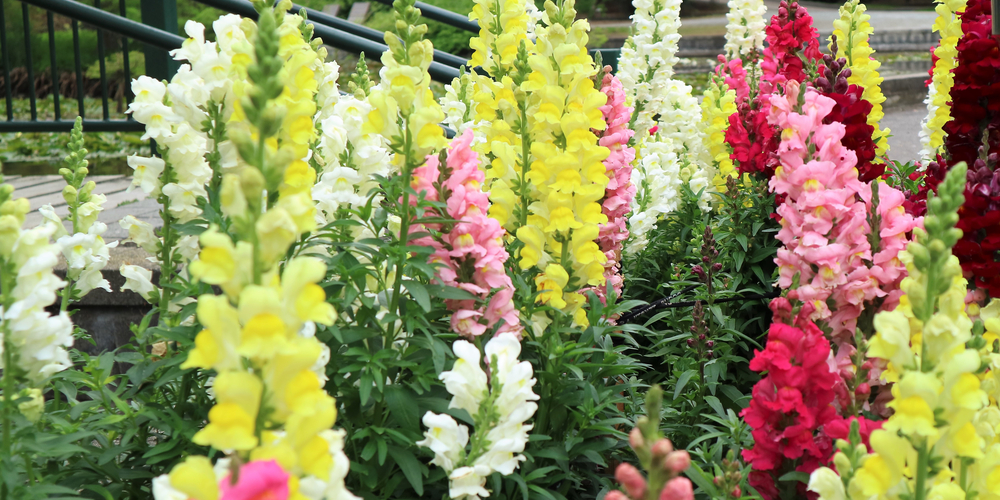Foxgloves are beautiful plants that have inspired homeowners for generations. These striking flowers are the perfect addition to any garden to add a touch of color and boost your home’s curb appeal. If you are on the hunt for foxglove look-alikes, chances are you are curious to know what other foliage resembles this plant.
There could be plenty of reasons for this, and below, you will find all of the information you need to determine what foxglove is and what plants look similar.
What Is a Foxglove?
Foxglove is a tall-growing, flowering plant that is certain to catch the eye of any passerby. Tall stems sitting on top of lush green leaves bloom with a wild array of graceful, tubular flowers. They grow directly from the stem in a close pattern that cascades downward and come in several vibrant colors. This plant truly is something out of a fairytale.
These plants aren’t too fussy and do well in several environments. It’s best to provide them with adequate shade and moisture, however. Wooded areas that protect them from direct afternoon sunlight are ideal for these flowers and do best in zones four through nine.
Why Plant Foxglove Look-alikes
There could be a few different reasons you need to know foxglove look-alikes. Perhaps you have seen a plant sprouting up on the property that you are suspicious of and trying to identify. Or it could be that foxglove won’t do well in your climate, and you’d like to find something similar that will. In any case, plenty of other flowers look like foxgloves.
Similar Foliage

Several plants are similar in appearance to foxglove. It should be no surprise that some of them are closely related, but others are not. Here are some doppelgängers for this gorgeous plant:
- Snapdragons are flowers that are similar to the foxglove. But instead of trumpet-shaped flowers turned down, these folded petals point skyward.
- Lavender is close in appearance to foxglove thanks to its vertical stems. The delicate purple flowers on lavender are much smaller, however.
- Hollyhocks are another flower, much like the foxglove. They also grow tall but show off wide-cupped flowers.
- Comfrey is much like foxglove but will show its differences once the plant blooms. Some also consider it a weed, but comfrey is a fantastic plant with several uses.
Picking the Right One for You
If you are trying to find a similar flower so you can plant it in your garden, you’ll need to know a few details about your home. Making sure you are well prepared can help you avoid planting something that will fail to thrive.
Hardiness Zones
When determining the best climate for a plant, the plant hardiness zone is what you look for. The zones with the lowest numbers are primarily cold, and the ones with the highest numbers are hot. Most of the world will fall somewhere in between. It all depends on where you are.
It should also be noted that there are microclimates within larger ones. Just because you are in a state that is typically warm doesn’t mean you couldn’t be at an altitude that gets much cooler. Cities can also create their climate.
Light and Water Requirements
You should also be aware of the sunlight and water you regularly receive. Different plants will prefer direct or indirect sunlight. Others might do poorly in a dry climate. Find out how much sunlight and water your yard gets to help you decide what plant will do well in your garden.
Soil Requirements
Different plants can also be sensitive to the type of soil you use. The foxglove generally needs moist but well-draining soil. Not all of them are this way, however. It’s also worth investigating the pH level of your soil and adjusting appropriately for whatever look-alike you might invite into your garden.
Wrapping Up
There are so many foxglove look-alikes that it can be confusing when you run across something similar to this flower. The great news is that many of these plants are enchanting and beautiful, so there is always room for more.
